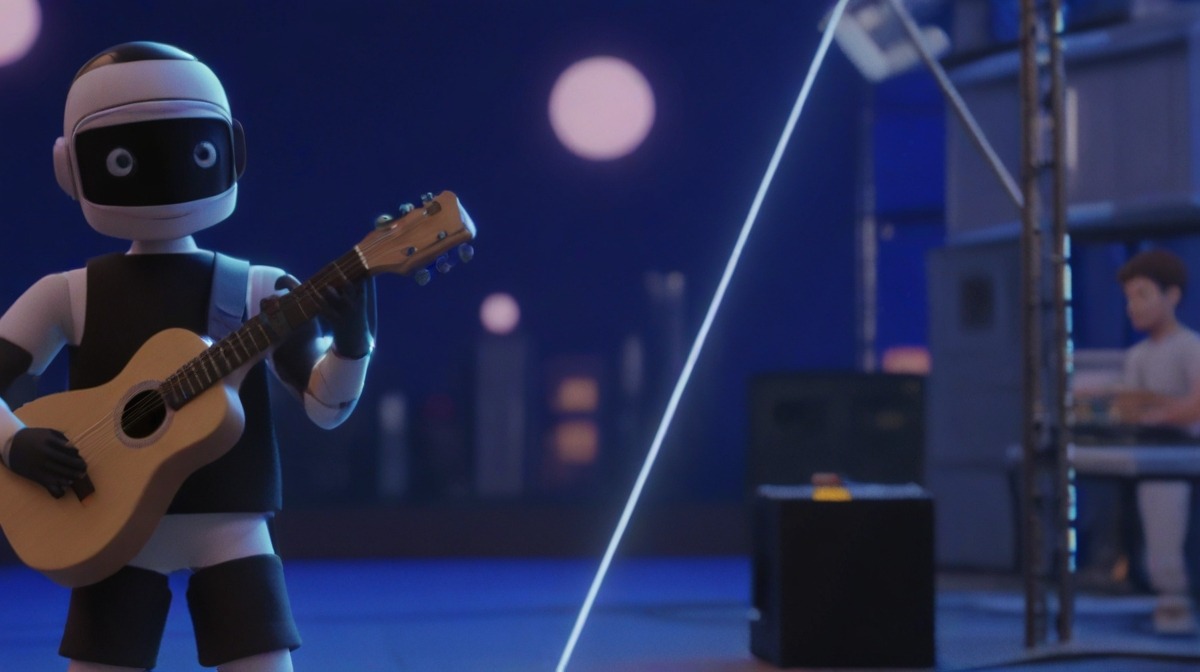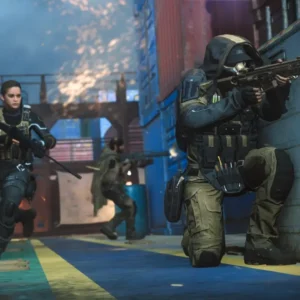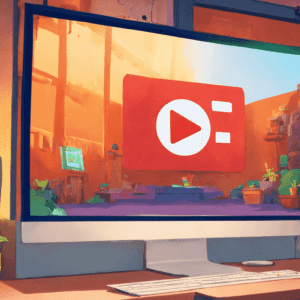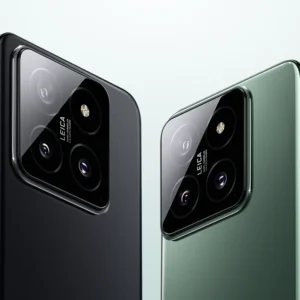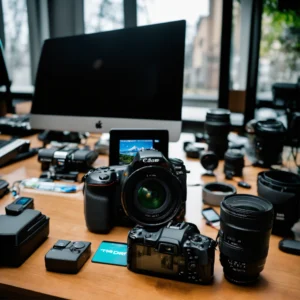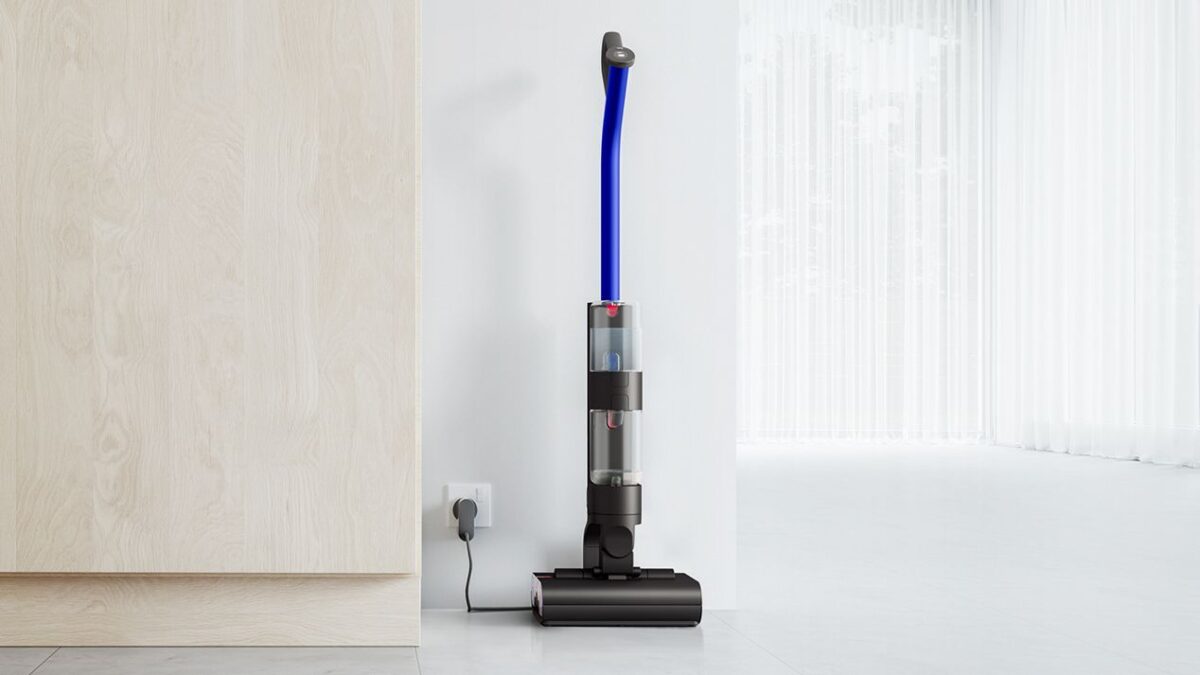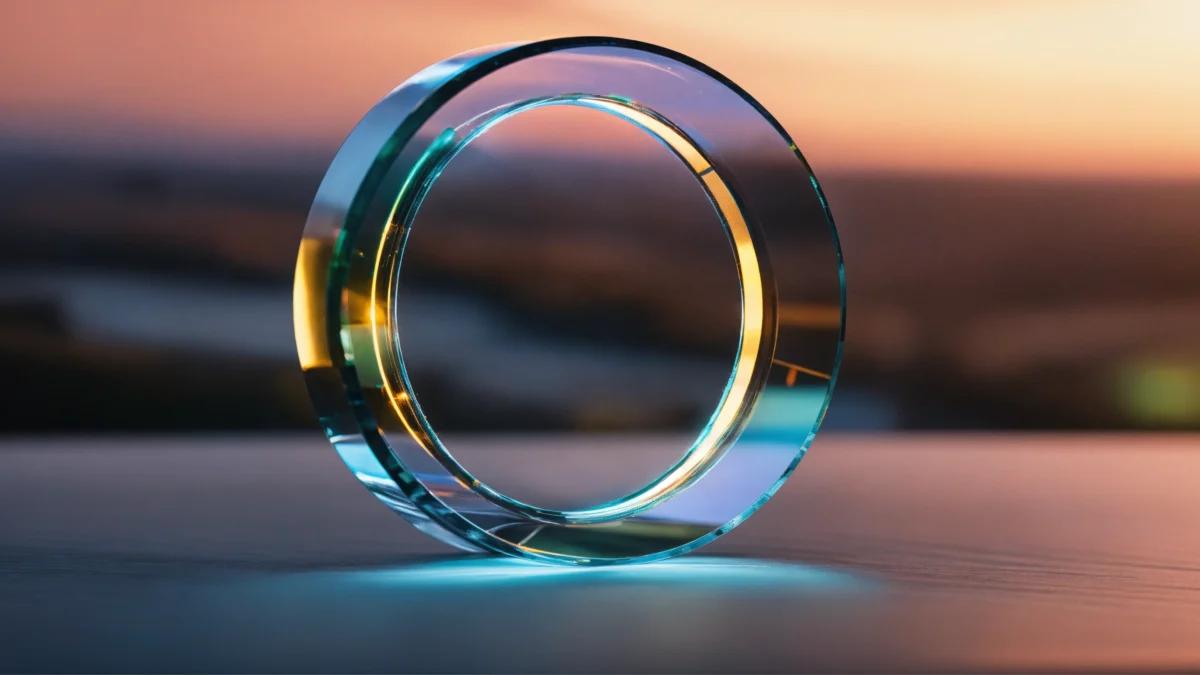Table of Contents
Introduction: OpenAI’s Sora
OpenAI introduced Sora several weeks ago, an artificial intelligence model capable of generating realistic high-resolution ai generated videos with a duration of up to 60 seconds per clip.
The Genesis of Sora: A Breakthrough in AI Video Generation
OpenAI’s introduction of Sora has captivated audiences worldwide, showcasing the remarkable progress in AI-driven video creation. With Sora, OpenAI has pushed the boundaries of what’s possible in artificial intelligence, delivering a tool that promises to revolutionize the way we produce visual content.
The results left the world impressed, and now there’s a novelty with the theme: the first music video (we had already seen some short films).
Sora, which remains unavailable to the public, has been placed in the hands of a selection of privileged users, including visual artists, designers, and filmmakers. Although it has not yet been officially launched, some of these users have started creating and publishing projects using this innovative tool.
“The Hardest Part”: A Collaborative Endeavor
One of Sora’s first selected users, writer-director Paul Trillo, has created what is considered to be the “first official music video made with Sora.” The video was produced for indie band Washed Out and their new single “The Hardest Part.”.
The video, which consists of a series of quick, connected zooms through different scenes, creates the illusion of continuous zooming. Trillo reveals that the idea for the video came about a decade ago but was abandoned until Sora made it happen. Using 55 Sora-generated clips out of a total of 700, Trillo stitched them together in Adobe Premiere to create the final piece.
Although Sora remains inaccessible to the general public, Adobe has expressed interest in integrating Sora and other AI video generation models into its Premiere Pro video editing software. This potential integration would ease the workflow for creators who wish to use Sora in their projects.
Charting the Future: Towards a Collaborative Ecosystem
The use of AI in artmaking has sparked debate among creatives, with some voices praising its potential and others concerned about its ethical and legal implications. While some see AI as an innovative tool for artistic expression, others criticize it as exploitative and in violation of copyright.
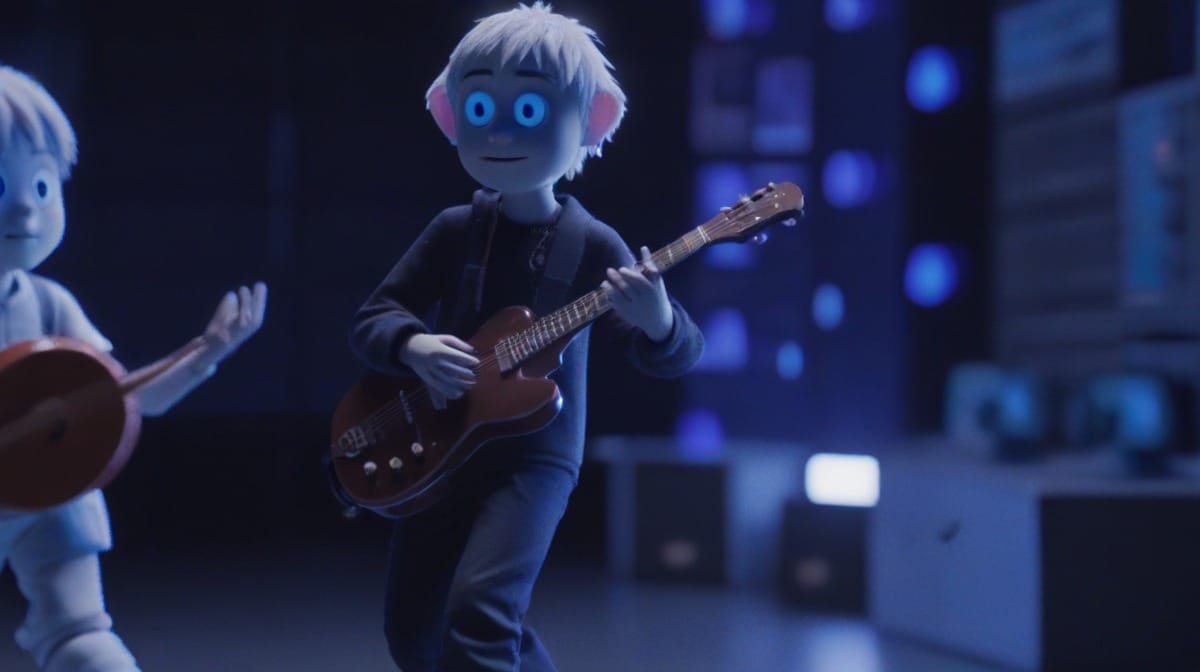
Frequently Asked Questions (FAQs)
- What is Sora, and how does it work? Sora is an artificial intelligence model developed by OpenAI capable of generating realistic, high-resolution videos. Using advanced machine learning techniques, Sora analyzes input data to create visually compelling video content.
- Who created the first music video with Sora? The first music video created with Sora was directed by Paul Trillo in collaboration with indie band Washed Out. Trillo leveraged Sora’s capabilities to bring his creative vision to life, resulting in a visually stunning and immersive experience.
- How many clips were used in the creation of the first music video with Sora? Paul Trillo utilized 55 Sora-generated clips out of a total of 700 to craft the inaugural music video. Through meticulous editing and seamless integration, Trillo transformed these clips into a cohesive visual narrative.
- Is Sora accessible to the general public? As of now, Sora remains inaccessible to the general public, with access limited to a select group of privileged users. However, OpenAI’s ongoing research and development efforts may pave the way for broader accessibility in the future.
- What are the potential implications of AI in artmaking? The emergence of AI-driven tools like Sora has the potential to revolutionize the creative landscape, offering artists new avenues for exploration and expression. However, it also raises important ethical and legal considerations, including issues surrounding copyright and algorithmic bias.
- How can creators leverage Sora in their projects? While Sora is currently unavailable to the general public, its integration into popular editing software like Adobe Premiere Pro holds promise for creators seeking to incorporate AI-driven elements into their projects. As Sora’s capabilities continue to evolve, it may become an invaluable tool for creators across various industries.
Conclusion: Embracing Innovation in Art
In conclusion, the creation of the first music ai text to video with Sora marks a significant milestone in the evolution of AI-driven creativity. Through collaborative efforts and visionary thinking, artists like Paul Trillo are leveraging Sora’s capabilities to push the boundaries of artistic expression. As we navigate the complex intersection of art and technology, it’s essential to embrace innovation responsibly and foster a collaborative ecosystem that empowers creators to realize their creative vision.

